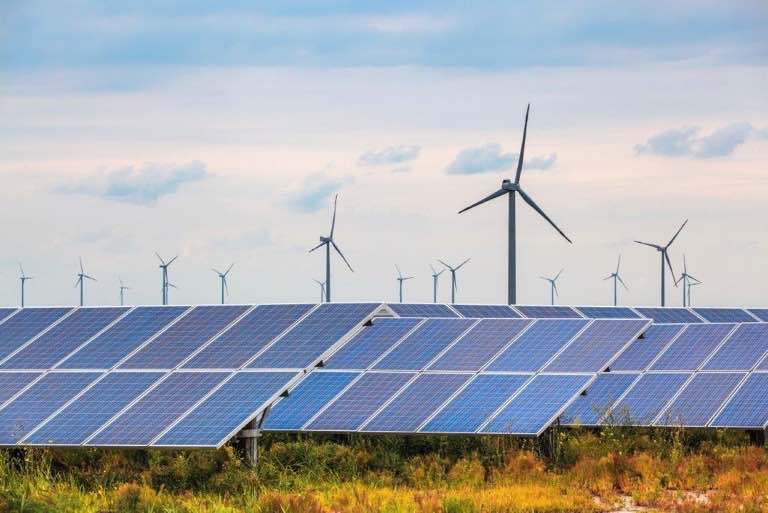From PV Magazine
Sonnen, Natural Solar join SA blockchain-enabled virtual power plant
Western Australian energy trading technology company Power Ledger and wholesaler energy retailer Powerclub have teamed up with German battery manufacturer sonnen and solar and battery installer Natural Solar to launch their virtual power plant pilot in South Australia. The project is the first large-scale commercial rollout of blockchain technology for solar energy trading in Australia.
Blockchain authenticates the trading between households, keeping track of the P2P exchange of energy.
Image: Power Ledger
Four of the big players in the energy sector are joining forces to give South Australian households greater control over their energy use through a blockchain-enabled virtual power plant (VPP). Unveiled last month by Perth-based peer-to-peer (P2P) energy trading specialist Power Ledger and electricity wholesaler Powerclub, the project has entered the next stage with German battery manufacturer sonnen and Australian installer Natural Solar on board.
In one of its biggest promises to customers connected to the electricity grid, blockchain-based P2P trading gives more choice on how to manage power use and evade additional hidden costs and mark-ups by the electricity retailer to cover supply costs. In the South Australian trial, Powerclub users who invest in solar and battery storage will have real-time access to leverage the wholesale market.
The households participating in the trial will also have the opportunity to tap into the state’s battery subsidy scheme offering subsidies of up to $6,000 based on eligibility. On top of that, the first 20 Powerclub users to sign up to the pilot will receive a further $500 discount.
“We anticipate the VPP will deliver thousands in annual electricity savings for participating South Australians,” says Powerclub Founder and CEO, Stuart McPherson. The pilot is expected to expand to the east coast in early next year with the full-featured VPP available in mid-2020 .
A newcomer to Australia’s National Electricity Market (NEM) operating since earlier this year, Powerclub provides access to electricity at wholesale prices to its members for an annual membership fee of $39. With the help of Power Ledger’s VPP energy trading application, Powerclub will allow its members with batteries to sell excess solar power during periods of high energy demand and price spikes, which will help in reducing annual energy costs and paying back their investment in distributed energy resources faster.
For the Perth-based energy trading software company, the new deal represents a major milestone and its first large-scale commercial rollout in Australia. The company is now running a significant number of projects on the home turf as well as in other countries including Thailand, Japan, the United States.
Natural Solar and sonnen have partnered with the duo to provide the infrastructure required for the rollout. According to Chris Williams, CEO & Founder of Natural Solar, the installer has joined the project to push the boundaries and benefit its customers with the help of Power Ledger’s technology and Powerclub’s no-profit processes.
“It’s these significant advances in technology that are furthering the home battery storage market and swiftly setting the standard for households in Australia,” said Williams.
Last year, Natural Solar and sonnen came together to deploy a mini blockchain-enabled VPP in Sydney. The trial saw a group of 12 households equipped with 5 kW of rooftop PV and 8 kWh sonnen batteries to reduce their electricity demand from the gird by 90%.
In 2017, Natural Solar partnered with sonnen to begin rolling out the sonnenFlat model, which operates as a VPP of sorts. Namely, the model allows sonnen to have remote access to the batteries to provide power to the grid in need while offering customers all the electricity they can use for a fixed fee starting from $42 monthly.
In September, the companies revealed that the first Australian family to adopt the sonnenFlat electricity retail model has saved more than $3,400 on their energy bills in the first year of operation. Given the $18,000 solar+storage price tag, payback for the system under the sonnenFlat is less than six years.
https://www.pv-magazine-australia.com/2 ... wer-plant/



